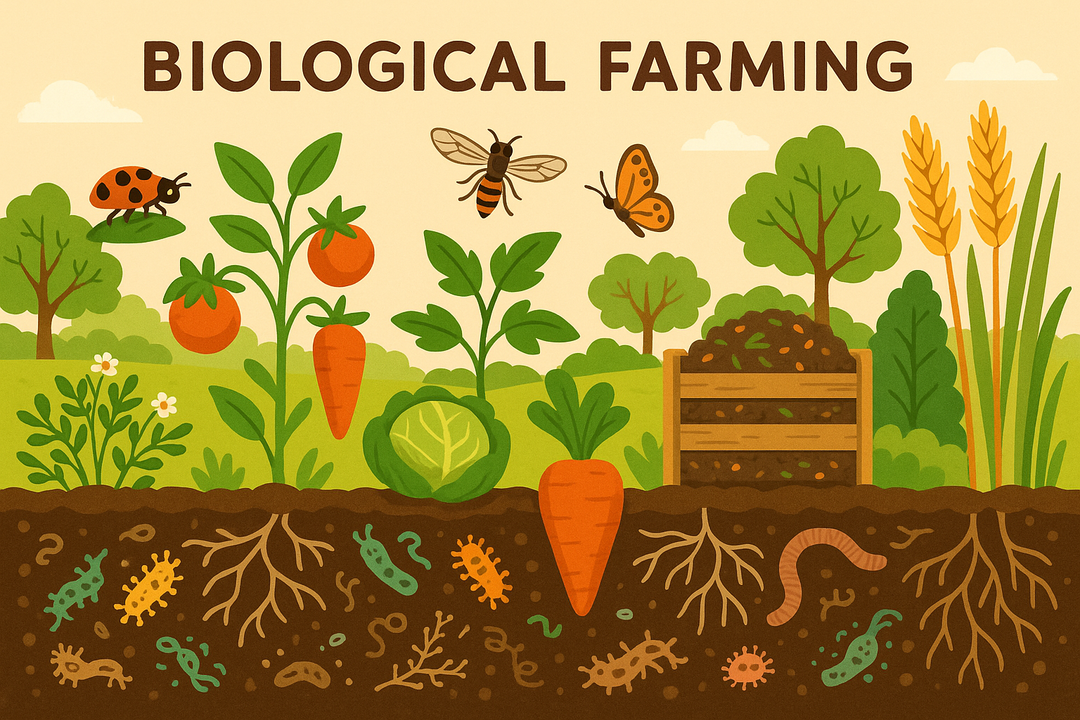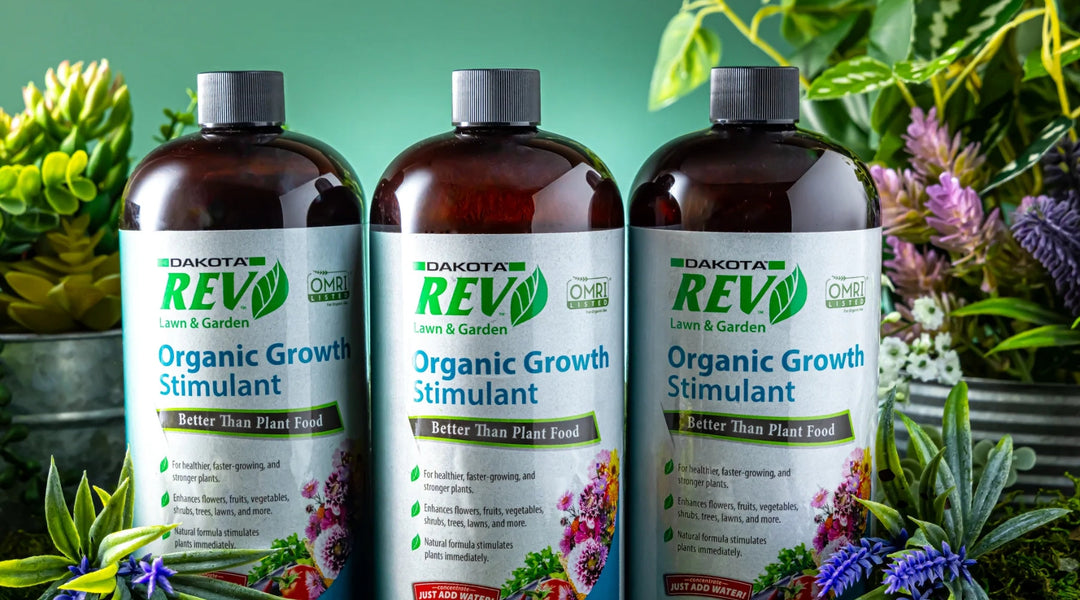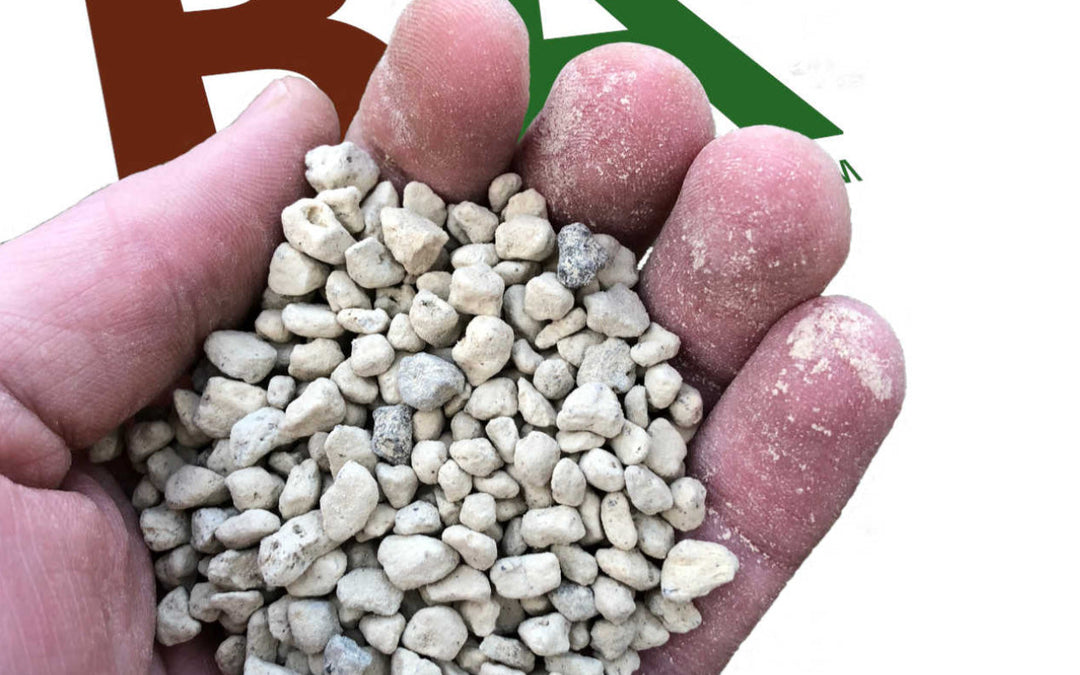Tomato Rot Causes and Solutions
Whether you're growing a small backyard garden or cultivating a large-scale agricultural operation, understanding how to prevent problems before they occur is a must. One sneaky culprit that can ruin a good crop is tomato rot. Thankfully, we're here to help you stop your rotting tomatoes and enjoy everything from salsa and spaghetti sauce to salads and more.
What is Tomato Rot?

If you've ever grown tomatoes, you probably have experience with tomato rot. Few things are more frustrating than picking out a ripe and juicy tomato to enjoy with a BLT for lunch and seeing that large black spots have appeared on the fruit. While this disorder also appears in eggplants and peppers, you're most likely to see it in tomatoes. Although we can’t send you a new tomato, we can help you figure out how to avoid this problem in the future.
Also called blossom-end rot, tomato rot is typically observed early on as water spots on the bottom of tomatoes. It then progresses further into sunken and decaying spots that appear black or dark brown and can appear as though they’re eating away at the entire fruit. Tomato rotting most often occurs at the beginning of the season but can happen any time the tomatoes reach maturity.
Why are my Tomatoes Rotting?
Although many people assume that decaying tomatoes are a sign of illness, disease, or pest infestation, tomato rot as a condition is caused by a lack of calcium. However, experts are quick to point out that blossom end rot isn't a lack of calcium in the soil itself but rather the plant's ability to access it.
Calcium is transported through the tomato plant through the roots, a process requiring ample moisture. Therefore, the cause of tomato rot is most directly linked to inconsistent moisture within the soil during the growing season.You can also see tomato rot when young plants experience rapid growth. This is because the growth spurt requires more calcium than the plant can uptake, leading to rotting problems.
Tomato Rot from Damaged Roots
Damaged roots can also cause rotting in tomatoes because it decreases their efficiency. In addition, the roots of tomatoes planted too close together or burned from being overfertilized can prevent an adequate amount of water and nutrients from being absorbed and spread throughout the plant.
Blossom-End Rot from Soil
In some instances, your plant's roots and moisture levels may be fine, but the soil itself may lack the necessary calcium needed to thrive. This is probably one of the most straightforward fixes, but let's explore how we can prevent and treat tomato rot.
How to Prevent Tomato Rot

Although it can seem frustrating at the time, the good news is that rotting tomatoes are actually one of the most manageable problems to deal with because a disease or insects don't cause them, and it isn't contagious for other plants. The four easiest ways to stop tomato rot are:
- Keep your soil and plants consistently watered
- Take care of the roots of your tomato plants
- Test your soil for the proper nutrient levels
- Add a bed of mulch around the plants
Moisture Control for Tomato Plants
Inconsistent moisture levels can spell disaster for your plants, especially when avoiding blossom-end rot. Experts recommend that tomato plants receive roughly an inch of water every week, whether from rainfall or watering. If you're growing produce in containers, be extra attentive because the soil tends to dry out faster than it would if grown in the ground.
Extra tip: The drier you can keep leaves, the better for preventing leaf diseases. Rain will obviously dampen the leaves of your plants, but when watering, do your best to avoid the leaves.
Tomato Plant Root Health
The roots are how plants absorb the nutrients in the soil, so keeping the roots of your tomato plants healthy is critical so they can get enough calcium. In addition, this nutrient helps prevent rotting tomatoes, so healthy roots are a must. When digging or doing other maintenance in the soil, try to avoid disturbing the roots as much as possible.
Soil Testing for Rot in Tomatoes
Although soil moisture levels are the leading cause of tomato rot, several essential nutrients help with moisture. Understanding your soil's nutrient makeup can help ensure that you're doing everything possible to set your plants up for success.
Testing your soil is the first step in creating a healthy environment for your plants. You can test your plants at home with a soil microbiometer, get a single test from your local agriculture extension, or send a sample to an independent lab for testing. If you plan on testing your soil frequently, investing in a microbiometer is the most cost-effective option and will provide near-instant results and a great picture of the life your soil contains.
Biotic and organic fertilizers with higher phosphate and low in nitrogen are best for preventing tomato rot. However, it's important not to over-fertilize your plants – another reason we recommend soil testing before any fertilizer and throughout the application.
Mulch for Water Retention
Soil that tends to dry out can benefit from a thick layer of organic mulch to help retain water. You can use materials such as:
- Shredded bark
- Straw
- Chopped leaves
- Grass clippings
- Professional mixtures
Mulch is excellent for helping plants hold on to moisture and preventing weeds.
Treating Rot in Tomatoes

Once a tomato has developed blossom end rot, the tomato cannot be saved. Instead, toss the impacted fruit into a compost pile as soon as you notice symptoms. Thankfully, tomato rot doesn't spread between plants or fruits, so if you notice it early on, you can still save the rest of your harvest.
If you enjoy growing tomatoes, keeping a notebook of your growing conditions, such as rain, watering, soil test results, fertilizers, and more, can help you pinpoint what is triggering the tomato rot in your garden and help you prevent it from occurring the following year.
Whether you're a large-scale organic farm, someone with a green thumb who enjoys tending to a backyard garden, or something in between, the team at Rocky Mountain BioAg® has you covered with everything you need to keep your garden thriving.








Leave a comment